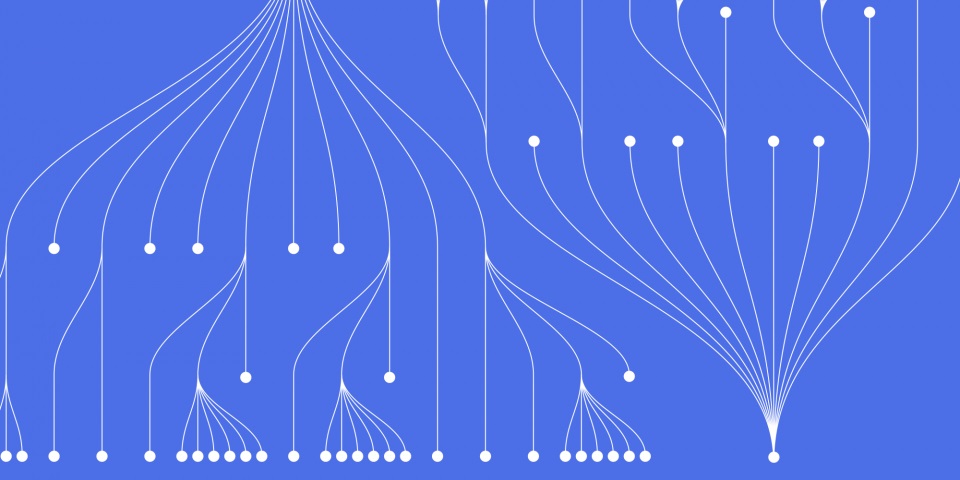
6 April 2023
Introduction: R is a powerful programming language used for data analysis and statistics. It has a wide range of functions and libraries to handle data manipulation, exploratory data analysis, and data visualization. One of the essential functions in R is quantile(), which is used to calculate various percentiles of a given data set. This function is widely used in data analysis, and it can help you understand your data distribution better. In this guide, we will discuss what the quantile() function is, how it works, and provide you with some code examples.
Understanding the quantile() Function in R Language: The quantile() function in R language is used to calculate the various percentiles of a given data set. It takes two arguments: the data set and the probability of the percentile to calculate. The probability argument is a number between 0 and 1, and it represents the percentile to be calculated. For example, if you want to calculate the 25th percentile, you will set the probability argument to 0.25.
Syntax:
quantile(x, probs) where,
x is the data set for which you want to calculate the percentilesprobs is the probability of the percentile to calculateCode Examples: Let's look at some code examples to better understand how the quantile() function works in R.
Example 1: Using quantile() function to calculate the median of a data set
data <- c(1, 2, 3, 4, 5, 6, 7, 8, 9, 10) median <- quantile(data, 0.5) print(median) Output:
5.5 In the above example, we have created a data set of ten elements and used the quantile() function to calculate the median of the data set, which is 5.5.
Example 2: Using quantile() function to calculate the quartiles of a data set
data <- c(1, 2, 3, 4, 5, 6, 7, 8, 9, 10) quartiles <- quantile(data, c(0.25, 0.5, 0.75)) print(quartiles) Output:
50% 75% 2.75 5.5 8.25 In the above example, we have used the quantile() function to calculate the first, second, and third quartiles of the data set.
Use Cases: The quantile() function in R is used in various scenarios. Some of them are listed below:
quantile() function is widely used in data analysis to identify the spread and central tendency of the data set.quantile() function is also used in hypothesis testing to determine the critical values for various statistical tests.quantile() function can be used in machine learning to calculate the quantiles of the target variable in the training data set.Conclusion: The quantile() function in R is a powerful tool for data analysis and statistics. It can help you calculate various percentiles of a given data set and understand the data distribution better. In this guide, we have discussed what the quantile() function is, how it works, and provided you with some code examples. We hope that this guide
JBI Training
We offer a number of options for training in R programming language - OR to make a training request get in touch.
Courses
R - Reporting & Dashboards with Shiny training course

CONTACT
+44 (0)20 8446 7555
Copyright © 2025 JBI Training. All Rights Reserved.
JB International Training Ltd - Company Registration Number: 08458005
Registered Address: Wohl Enterprise Hub, 2B Redbourne Avenue, London, N3 2BS
Modern Slavery Statement & Corporate Policies | Terms & Conditions | Contact Us
POPULAR
AI training courses CoPilot training course
Threat modelling training course Python for data analysts training course
Power BI training course Machine Learning training course
Spring Boot Microservices training course Terraform training course